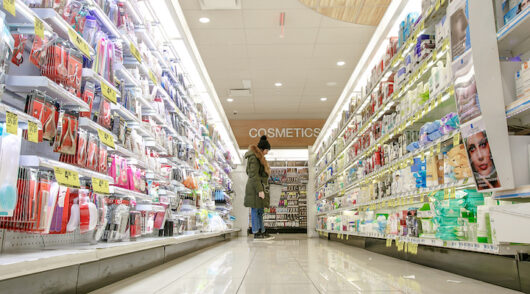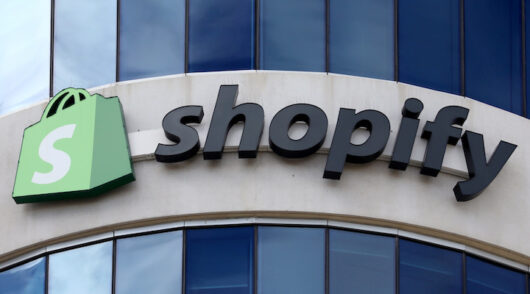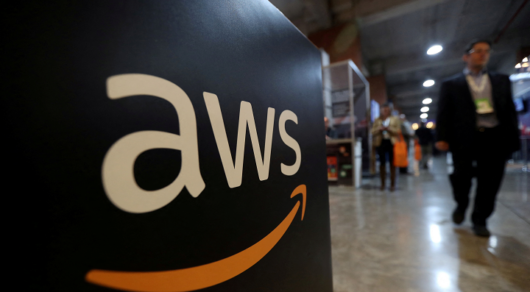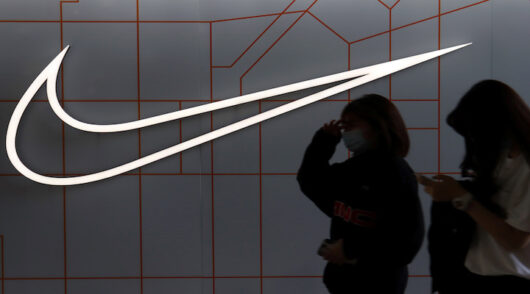Ralph Lauren has kicked off its year with a continuation of the trend of weakening growth, with overall revenue rising by a very modest 0.4 per cent – virtually flat compared to the prior year.
Worryingly, this comes of the back of modest comparatives from last year. Admittedly, there are some reasons for the moderation, including different shipping times for spring product, but the overall impression is that Ralph Lauren is being buffeted by a slowing consumer economy.
Nowhere is this more clearly the case than in the North American market where revenue slumped by a dramatic 9.8 per cent. Worryingly, this decline is coming from all directions including sales online and in Ralph Lauren stores where comparable sales dipped by 8 per cent and 5 per cent, respectively. This is a clear indication of consumer retrenchment among more affluent customers who buy directly from the brand.
The most worrying slip, however, comes from North American wholesale where revenue is down by 16 per cent. Some of this is a consequence of the aforementioned timing shift in spring assortments, but around half of the decline is also the result of a sharp downtick in footfall and custom at channels such as department stores.
Unfortunately, this has weakened confidence and resulted in a more cautious approach to buying inventory. It must also be said that many third-party department stores selling Ralph Lauren product do themselves, and the brand, no favors in the way they display and merchandise. The lack of even basic shopkeeping standards is off-putting for consumers and has a material impact on sales.
Partly because of the unreliability of third-party distribution, we maintain our view that Ralph Lauren needs to expand its own presence in the market by opening stores and leaning more heavily on its website. However, physical expansion is more difficult to justify at a time when consumers are pulling back, so we recognize that this goal may now take longer to achieve.
Fortunately, outside of North America sales held up much better. Revenue in Europe grew by 8.4 per cent, while revenue in Asia swelled by 18.6 per cent. Asia was helped along by the reopening of China where Ralph Lauren’s sales grew by a dramatic 50 per cent over last year.
Elsewhere in the region, consumers have been eager to splurge on new fashions as activities like travel and in-person events resume. In Europe, around five percentage points of the growth came from earlier wholesale shipments, so underlying numbers are a little weaker as the 2 per cent growth in comparable sales from Ralph Lauren’s website and stores attest. Here, muted consumer confidence prevented higher growth.
On the bottom line the lower sales growth dragged down operating income by 5 per cent. However, Ralph Lauren was able to offset this with higher interest income, which helped net income grow by a comfortable 7.1 per cent over last year. There are also some nice cost savings from lower freight expenses and more product selling through at higher price. These things should provide a cushion in the year ahead, even if the sales line comes under continued pressure.
Looking ahead, Ralph Lauren has made pleasing progress in sharping its brand image and elevating its proposition. This is delivering some good results, especially on the margin front.
However, it is becoming clearer that the general economic environment will exert a negative impact on the brand and will curtail growth. As such, we expect only muted progress in the year ahead.
- Neil Saunders is MD at GlobalData.






